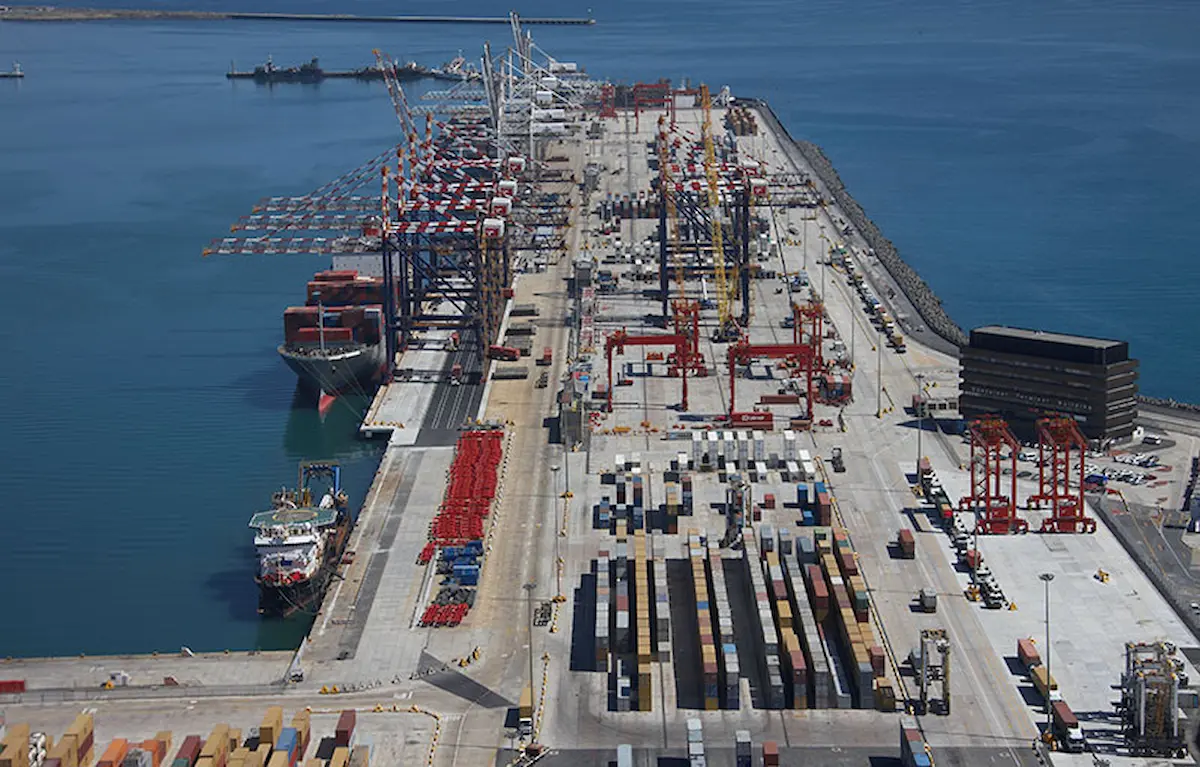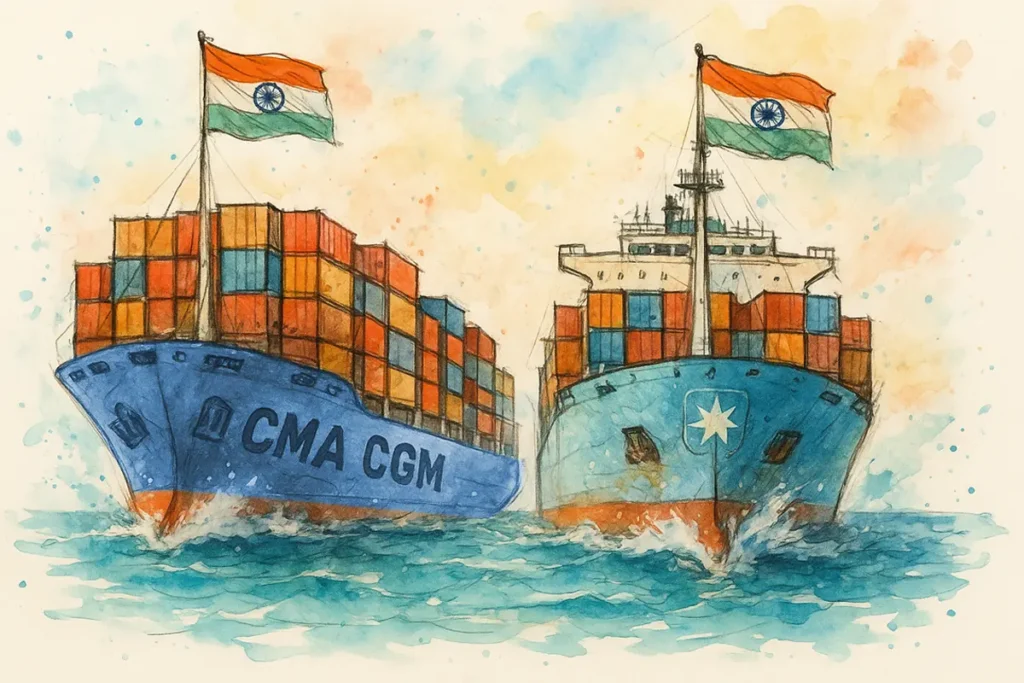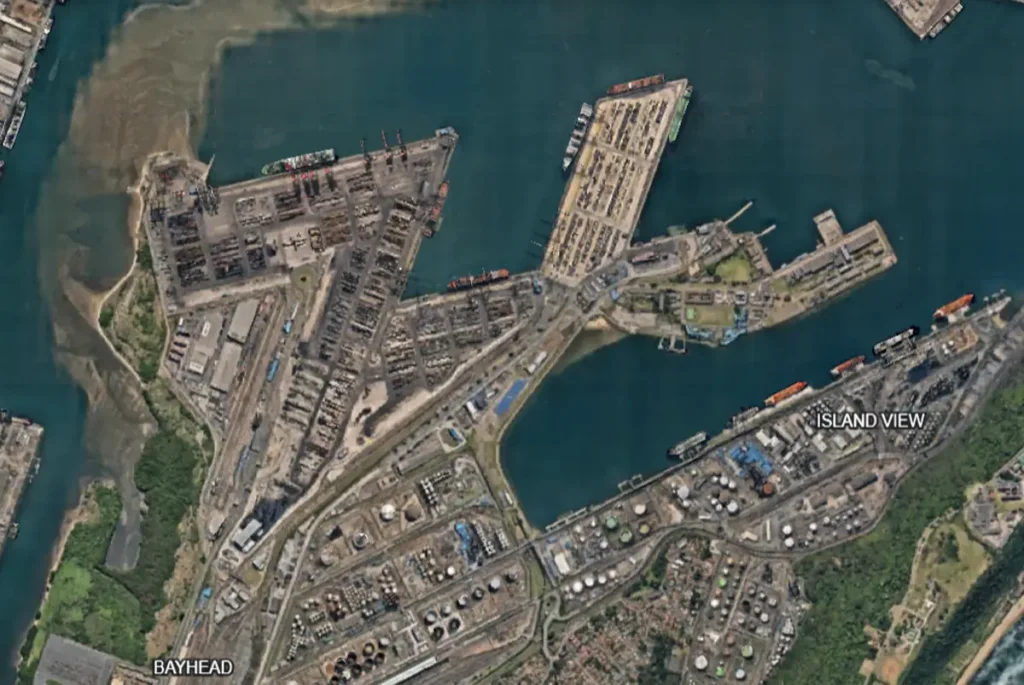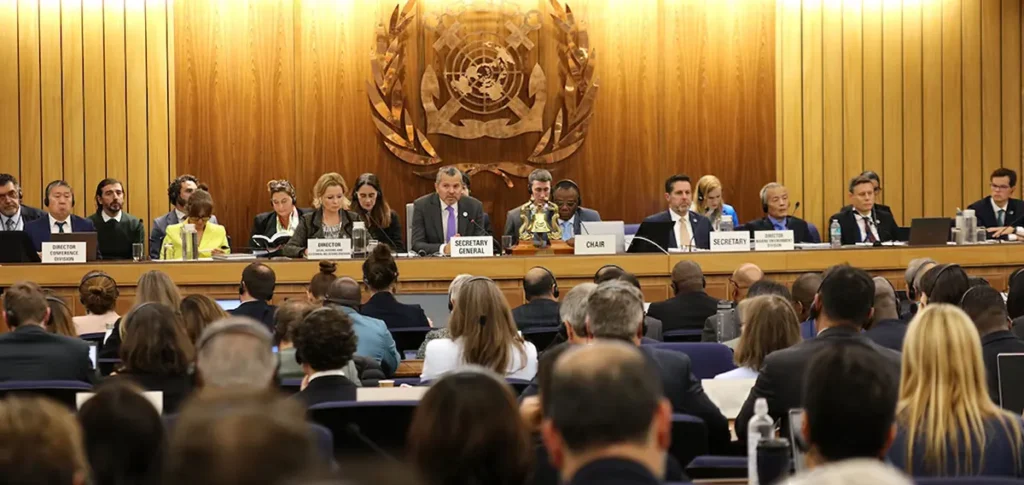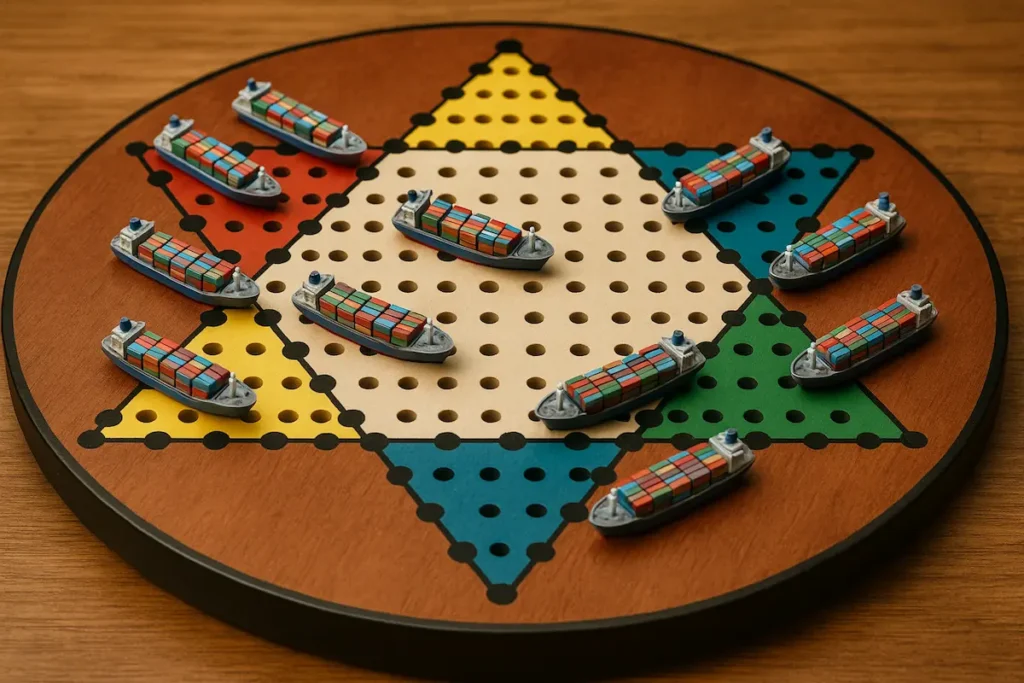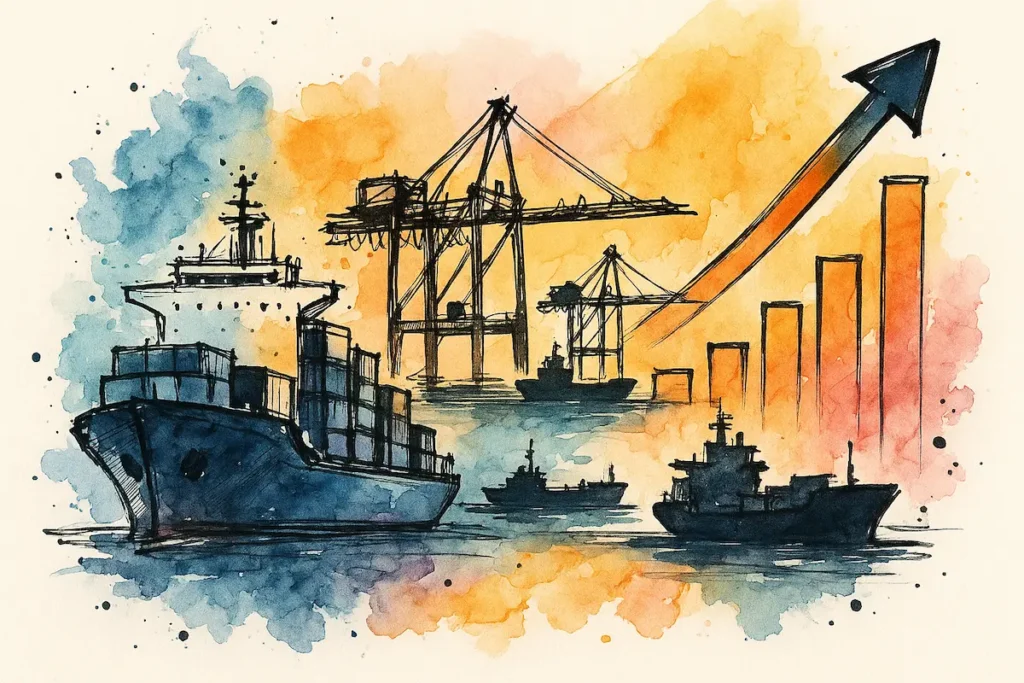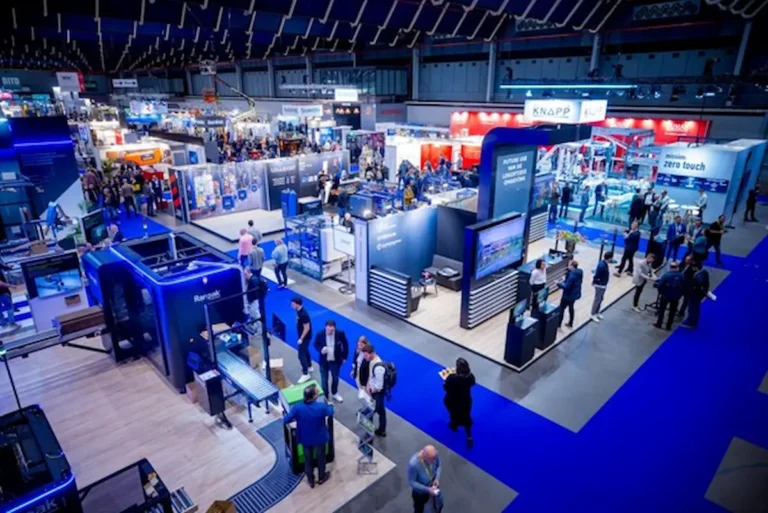This week, I had the opportunity to attend the Southern African Transport Conference (#SATC2025), an important gathering of industry leaders, policymakers, economists, and transport professionals..
One of the compelling discussions at the event asked a deceptively simple question which I am in turn posing to you my readers..
- Can rivalry among ports actually help drive better performance and growth in South Africa..??
To this question, I add
- How should we design competition to deliver real benefits without introducing chaos or inefficiency..??
These are the kind of questions that sit at the heart of South Africa’s logistics challenges..
Why this question matters
As we all know, ports are not just a link in the supply chain — they are THE gateway for trade.. Their performance affects costs, competitiveness, investment, and jobs..
But South African ports have consistently ranked poorly in global efficiency studies.. The World Bank’s Container Port Performance Index has not been flattering, and SA’s ports are often at or near the bottom of international rankings..
This inefficiency translates directly into higher transport costs.. According to the World Bank, “reducing transport costs from the 75th to the 25th percentile of efficiency can increase trade by 25 percent and cut transport costs by 12 percent“..
That is no small number in an economy desperate for growth..
Is monopoly the problem..??
One of the core issues debated was the dominant, integrated structure of South Africa’s port system..
Many ports remain under the effective control of a single operator, Transnet SOC with concessions often structured to preserve monopoly control rather than invite competition..
Speaking at the conference, Ryan Hawthorne of Acacia Economics, warned:
“We have a history of doing this in South Africa.. In the 1980s and 1990s, we privatised Sasol, Mittal, Telkom as monopolies instead of thinking about how to introduce rivalry.. And I fear we are headed down the same track with ports..”
In other words, simply bringing in private partners is not enough if the fundamental market structure remains closed to competition..
Is rivalry practical..??
Of course, the idea of introducing competition is not without challenges.. Ports are complex, capital-intensive assets with large minimum efficient scales..
As pointed out at the conference, you cannot just carve up a container terminal into a dozen tiny pieces without risking fragmentation and inefficiency..
But that does not mean there is no scope for competition.. Hawthorne suggested a more nuanced approach:
“We do not want to break up the port into many different berths.. But we can work out an optimal number of terminal operators based on minimum efficient scale..”
Globally, many comparable ports support four, five, or even more competing terminal operators, each driving efficiency and service quality..
Room for improvement
It is worth noting that South Africa actually has the capacity to support more competition..
Container terminals, for example, have theoretical design capacity in excess of 1.5 million twenty-foot equivalent units beyond current utilisation.. Dry bulk and liquid bulk have even more surplus capacity relative to throughput..
According to Hawthorne, it is not a lack of space or volume that limits rivalry.. It is the way concessions and governance are structured..
Policy reform: Where does this leave us..??
The discussions at the Conference made it clear that policy frameworks already call for change.. For years, legislation has envisaged the structural separation of the National Ports Authority from Transnet, to establish an independent “landlord” model that would welcome multiple terminal operators..
Yet this has been slow to implement.. Instead, Transnet has often sought to preserve integrated monopoly control by partnering with private firms in single-operator concessions..
There are also broader worries about cabotage rules that would restrict foreign shipping lines from stopping at multiple South African ports.. Many fear that this policy runs counter to the goal of using SA ports as transshipment locations..
Inter-port rivalry: A bigger opportunity
It is also important to remember that competition is not just within individual ports.. There is also scope for inter-port rivalry..
Different ports in South Africa have varying specialisations, containers in Durban, dry bulk in Saldanha, automotive in Port Elizabeth.. With the right governance, they can compete to attract volumes, become regional transshipment hubs, and better serve exporters and importers..
Participants at the SATC made it clear that effective competition both within and between ports is a lever for driving investment, lowering costs, and boosting economic growth..
A personal reflection
I found this debate especially timely as South Africa is under real pressure to improve its logistics performance to grow trade, attract investment, and create jobs, the last bit being a very very very critical item for South Africa..
But that improvement will not come from slogans.. It will require thoughtful reform, tackling monopoly structures, enabling competition, and ensuring that private sector participation is designed to drive real efficiency, not simply entrench existing players..
So here is my question to you, industry professionals, policymakers, academics, shippers, carriers:
Can rivalry among ports help unlock South Africa’s logistics potential..?? How should we design competition to deliver real benefits without introducing chaos or inefficiency..??
I would love to hear your views, you can respond in the comments section below.. Let us keep this vital conversation going..

